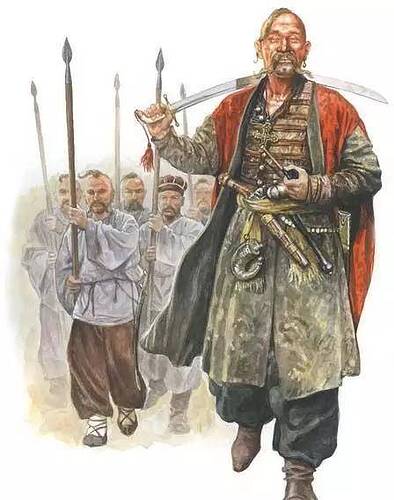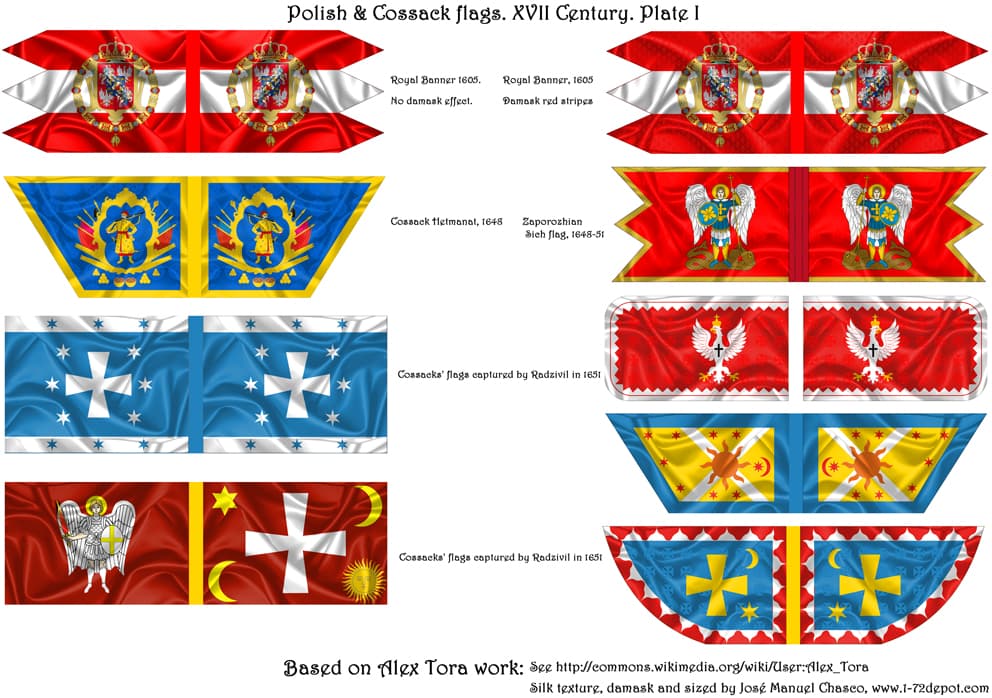Once the talking about The Zaporozhian Cossacks’s story lived on the Pontic–Caspian steppe below the Dnieper Rapids (Ukrainian: za porohamy), also known as the Wild Fields. The group became well known, and its numbers increased greatly between the 15th and 17th centuries. The Zaporozhian Cossacks played an important role in European geopolitics, participating in a series of conflicts and alliances with the Polish–Lithuanian Commonwealth, Russia, and the Ottoman Empire.
The Zaporozhians gained a reputation for their raids against the Ottoman Empire and its vassals, although they also sometimes plundered other neighbors. Their actions increased tension along the southern border of the Polish–Lithuanian Commonwealth. Low-level warfare took place in those territories for most of the period of the Commonwealth (1569–1795).
Prior to the formation of the Zaporizhian Sich, Cossacks had usually been organized by Ruthenianboyars, or princes of the nobility, especially various Lithuanian starostas. Merchants, peasants, and runaways from the Polish–Lithuanian Commonwealth, Muscovy, and Moldavia also joined the Cossacks.
The first recorded Zaporizhian Host prototype was formed by the starosta of Cherkasy and Kaniv, Dmytro Vyshnevetsky, who built a fortress on the island of Little Khortytsia on the banks of the Lower Dnieper in 1552.[34] The Zaporizhian Host adopted a lifestyle that combined the ancient Cossack order and habits with those of the Knights Hospitaller.
The Cossack structure arose, in part, in response to the struggle against Tatar raids. Socio-economic developments in the Polish-Lithuanian Commonwealth were another important factor in the growth of the Ukrainian Cossacks. During the 16th century, serfdom was imposed because of the favorable conditions for grain sales in Western Europe. This subsequently decreased the locals’ land allotments and freedom of movement. In addition, the Polish-Lithuanian Commonwealth government attempted to impose Catholicism, and to Polonize the local Ukrainian population. The basic form of resistance and opposition by the locals and burghers was flight and settlement in the sparsely populated steppe.[35]
But the nobility obtained legal ownership of vast expanses of land on the Dnipro from the Polish kings, and then attempted to impose feudal dependency on the local population. Landowners utilized the locals in war, by raising the Cossack registry in times of hostility, and then radically decreasing it and forcing the Cossacks back into serfdom in times of peace.[36] This institutionalized method of control bred discontent among the Cossacks. By the end of the 16th century, they began to revolt, in the uprisings of Kryshtof Kosynsky (1591–1593), Severyn Nalyvaiko (1594–1596), Hryhorii Loboda (1596), Marko Zhmailo (1625), Taras Fedorovych(1630), Ivan Sulyma (1635), Pavlo Pavliuk and Dmytro Hunia (1637), and Yakiv Ostrianyn and Karpo Skydan (1638). All were brutally suppressed and ended by the Polish government.
Foreign and external pressure on the Polish-Lithuanian Commonwealth led to the government making concessions to the Zaporizhian Cossacks. King Stephen Báthorygranted them certain rights and freedoms in 1578, and they gradually began to create their foreign policy. They did so independently of the government, and often against its interests, as for example with their role in Moldavian affairs, and with the signing of a treaty with Emperor Rudolf II in the 1590s.[35]
The Zaporizhian Cossacks became particularly strong in the first quarter of the 17th century under the leadership of hetman Petro Konashevych-Sahaidachny, who launched successful campaigns against the Tatars and Turks. Tsar Boris Godunov had incurred the hatred of Ukrainian Cossacks by ordering the Don Cossacks to drive away from the Don all the Ukrainian Cossacks fleeing the failed uprisings of the 1590s. This contributed to the Ukrainian Cossacks’ willingness to fight against him.[37] In 1604, 2000 Zaporizhian Cossacks fought on the side of the Polish-Lithuanian Commonwealth, and their proposal for the Tsar (Dmitri I), against the Muscovite army.[38] By September 1604, Dmitri I had gathered a force of 2500 men, of whom 1400 were Cossacks. Two thirds of these “cossacks”, however, were in fact Ukrainian civilians, only 500 being professional Ukrainian Cossacks.[39]On July 4, 1610, 4000 Ukrainian Cossacks fought in the Battle of Klushino, on the side of the Polish-Lithuanian Commonwealth. They helped to defeat a combined Muscovite-Swedish army and facilitate the occupation of Moscow from 1610 to 1611, riding into Moscow with Stanisław Żółkiewski.[40]
The final attempt by King Sigismundand Wladyslav to seize the throne of Muscovy was launched on April 6, 1617. Although Wladyslav was the nominal leader, it was Jan Karol Chodkiewicz who commanded the Commonwealth forces. By October, the towns of Dorogobuzh and Vyazmahad surrendered. But a defeat, when the counterattack on Moscow by Chodkiewicz failed between Vyasma and Mozhaysk, prompted the Polish-Lithuanian army to retreat. In 1618, Petro Konashevych-Sahaidachny continued his campaign against the Tsardom of Russia on behalf of the Cossacks and the Polish-Lithuanian Commonwealth. Numerous Russian towns were sacked, including Livnyand Yelets. In September 1618, with Chodkiewicz, Konashevych-Sahaidachny laid siege to Moscow, but peace was secured.so this is Cossacks and Polish-Lithuanian’s story[41][42][43




